There are many sweeteners besides highly processed white sugar and high fructose corn syrup. Believing sugar to be the most pernicious of the nutritional poisons, I like investigating these.
So as I write, I am baking some Sweet Sorghum Banana Bread. I have to take down the recipe here, so I won't forget it – I'm improvising a bit.
Ingredients:
2 cups of flour, mixing whole wheat and unbleached white to your liking (I go heavy on the whole wheat)
1 1/2 teaspoons baking powder (mine is Clabber Girl, from Terre Haute, Indiana)
pinch of baking soda (about 1/4 teaspoon)
1/2 teaspoon salt
1 cup mashed banana (about 3 medium very soft bananas: I freeze mine and then let them thaw)
1/2 cup organic apple sauce (or apple blackberry, apple apricot: I use Santa Cruz Organic applesauce or any homemade variety) * Adding some apple sauce let's you reduce the amount of butter or oil, and adds a more complex fruit flavor.
1/3 cup sorghum syrup
1 tablespoon honey
2 eggs
1/3 cup buttermilk or yogurt (if you are out of both of these, use milk to which you add a teaspoon of vinegar or lemon)
1/4 cup softened butter (Earth Balance Buttery Spread if you are vegan, or coconut butter if you like a hint of coconut taste in your banana bread)
1/3 cup roasted and chopped walnuts
1. Preheat oven to 350•F. Butter the inside of a loaf pan.
2. Combine the flour, baking powder, baking soda, and salt in a bowl and mix well.
3. Combine the mashed bananas, sorghum syrup, honey, butter, eggs, and buttermilk. Beat with a mixer at a medium speed until blended. Add flour mixture and beat at low speed until evenly blended. Stir in the walnuts with a wooden spoon. Pour into pan.
4. Bake 60 minutes or until a knife inserted in the center comes out clean. Cool in the pan on a wire rack for 15 minutes. Remove from pan and finish cooling on the rack. Tastes great warm!
Okay, I just tasted it: this is rocking good banana bread! Not too sweet, but rich and nutritious.
If you don't know what "clabber" is, you are in luck here today. The Clabber Girl in Germany would be the Quark Girl, and in France she'd be the Creme Fraiche Girl. (Though those two clabbered creams taste somewhat different to me.) Clabber is one of those lovely food products that all but disappeared in the United States with the advent of pasteurization. Here's the scoop from our many friends at Wikipedia:
Clabber is a food produced by allowing unpasteurized milk to turn sour at a specific humidity and temperature. Over time the milk thickens or curdles into a yoghurt-like substance with a strong, sour flavor. In rural areas of the Southern United States, it was commonly eaten for breakfast with brown sugar, nutmeg, cinnamon, or molasses added. Some people also eat it with fruit or black pepper and cream. Suitable fruits include apples and bananas.
Clabber was brought to the south by the Scots-Irish (also known as the Ulster-Scots) who settled in the Appalachian mountains. In fact, clabber is still sometimes referred to as bonny clabber (originally "bainne clábair", from Gaelic bainne - milk , and clábair - sour milk). [1] Clabber passed into Scots and Anglo-Irish meaning wet, gooey mud, though it is commonly used now in the noun form to refer to the food or in the verb form "to curdle". A German version is called Quark. In France a similar food made from cream is known as Crème fraîche.
With the rise of pasteurization the making of clabber virtually stopped, except on farms that had easy access to unprocessed cow's milk. A somewhat similar food can be made from pasteurized milk by adding a couple of tablespoons of commercial buttermilk or sour milk to a glass of milk.
And, wouldn't you know: there's a version of Clabber that is a trick-taking card game, a variation of Euchre played mostly around Evansville, Indiana. (How's that for a local mutation?) Pass the deck of cards, and the banana bread!


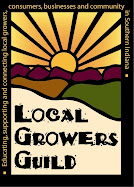























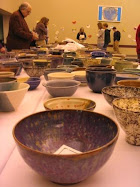



















































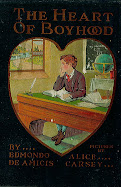





















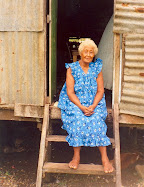





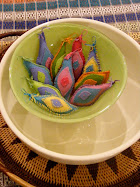






























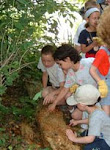.jpg)














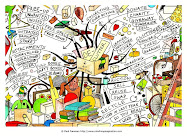












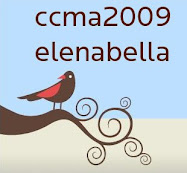














































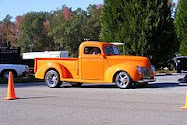













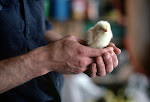

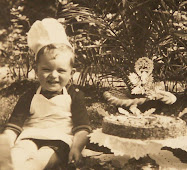














































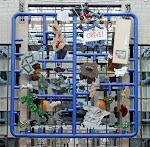.jpg)








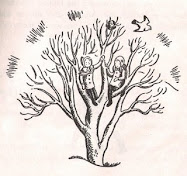







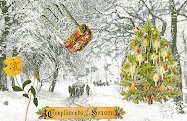



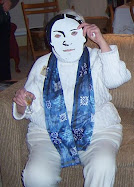
















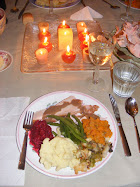




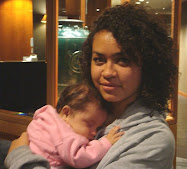
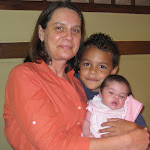





























































No comments:
Post a Comment